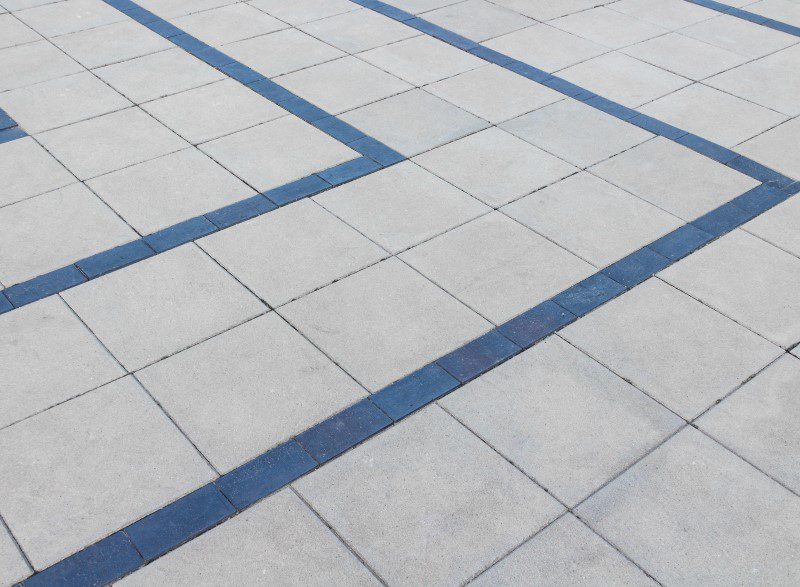Contemporary floor designs have modern, sleek, and minimalist aesthetics. Due to the minimalist approach, contemporary home decor is now converted into very sleek yet aesthetically appealing flooring. One benefit of having contemporary minimalist flooring is that it can be customized as per individual style and design preferences. Contemporary designs are a great way to showcase creativity and interior spaces that have more comfort and personality.
Within contemporary floors, there are many designs such as wide plank hardwood, geometric tiles, polished concrete, and bold carpets. However, interlocking tiles and traditional flooring are still dominating floor designs in many regions. For many, interlocking tiles and traditional flooring create confusion since both floor designs have their advantages and disadvantages when finishing a building or home. Thus, it is important to understand what exactly interlocking floor tiles and traditional flooring are and which of the two is right for your building.
Interlocking floor tiles
Interlocking floor tiles are the types of flooring that are designed to be connected without the use of any external nails, adhesive, or screws. The interlocking floor features allow the floor to snap together securely and have a durable surface. Interlocking floors are typically secured with the help of PVC, rubber form, resin or proxy. These secure interlockings can be in different textures and a variety of colours and patterns.
Traditional flooring
Traditional flooring options are more prone and inclined towards natural materials such as wood, stone, or ceramic. Sometimes even the carpet option is considered traditional flooring in residential buildings. Traditional flooring is classic and timeless, adding a hint of elegance and warmth to the interior space. Traditional flooring designs have limited application customization and preferences.
Which flooring is right for you?
When it comes to choosing the right flooring for your personal or commercial space, there are many options and styles. Personal creativity and preferences combined with market availability create a certain amount of confusion over what design and style one must choose. However, certain factors need to be considered before selecting interlocking floor tiles or a traditional flooring design for your place. These major factors are compared as follows:
1: Installation:
The installation of interlocking floor tiles is easier compared to the traditional flooring option. Interlocking floor tiles don’t need specialized tools or adhesives to connect. They can be simply connected through a snap or secure fit. Traditional flooring, on the other hand, requires professional installation and some kind of connecting tool, such as nails or adhesives. The installation of traditional flooring is more time-consuming and expensive, depending on creativity and preferences.
2: Durability:
The durability of the floor depends on the floor’s strength, resistance, and maintenance. The durability of an interlocking floor is far better than that of a traditional floor. Interlocking floors are tough, durable, and have the ability to last for a long time. They are connected with PVC or another material that can withstand heavy traffic, moisture, and any chemical spill. With traditional floorings such as carpet and hardwood, any form of chemical interaction can be damaging and require more maintenance.
3: Design:
The third factor to consider when selecting flooring for your personal space and building is design. Design refers to the pattern or wide range of colours or textures. It is the design that makes flooring versatile for any space or option. The level of customization and design that a person wants comes through interlocking flooring tiles. Traditional flooring has limited design patterns and is not customized as per
4: Cost:
The fourth and last factor that needs to be considered before selecting a flooring design is the cost factor. Cost is the most significant factor. Interlocking floor designs are expensive compared to traditional floors because they are customized and have unique tastes in their application. However, in the long term, interlocking floors are a much better option since they are a one-time investment and require less maintenance. The installation cost and maintenance of traditional flooring are more expensive than interlocking flooring.
Conclusion:
Based on a comparison and contrast of interlocking and traditional flooring, it is considered that interlocking flooring has more benefits and is more cost-effective than traditional flooring. The final decision is influenced by the factors that point to interlocking tiles. However, the specific requirements and preferences of the personal space and design change the decision between interlocking and traditional flooring.



